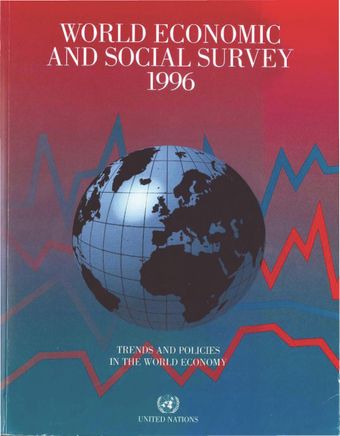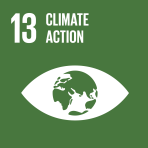How much do we know about urban growth in the late 20th century?

- Author: United Nations
- Main Title: World Economic and Social Survey 1996 , pp 215-243
- Publication Date: February 1996
- DOI: https://doi.org/10.18356/59b60ee1-en
- Language: English
Among the unprecedented changes that have characterized the twentieth century, the increased tendency of the people of the world to live in urban areas is certainly one of the most salient. It is estimated that in 1900, when the world’s population stood at 1. 7 billion people, only 13 per cent of all persons on earth lived in areas that could be classified as urban. According to current projections, by the year 2000 the world’s population is expected to reach 6.2 billion people, nearly 48 per cent of whom will live in urban areas. Consequently, not only has the twentieth century witnessed an unprecedented increase in the proportion of people living in urban areas but, in addition, the number of urban-dwellers has risen markedly, passing from 220 million in 1900 to an expected 2.9 billion by the year 2000. In terms of population dynamics, three distinct types of processes have contributed to the growth of the world’s urban population, namely, the natural increase of the population living in urban areas, the fact that urban areas have been net gainers of population through migration, and the transformation of rural areas into urban settlements.
-
From This Site
/content/books/9789210452045s007-c001dcterms_title,dcterms_subject,pub_keyword-contentType:Journal -contentType:Contributor -contentType:Concept -contentType:Institution105



